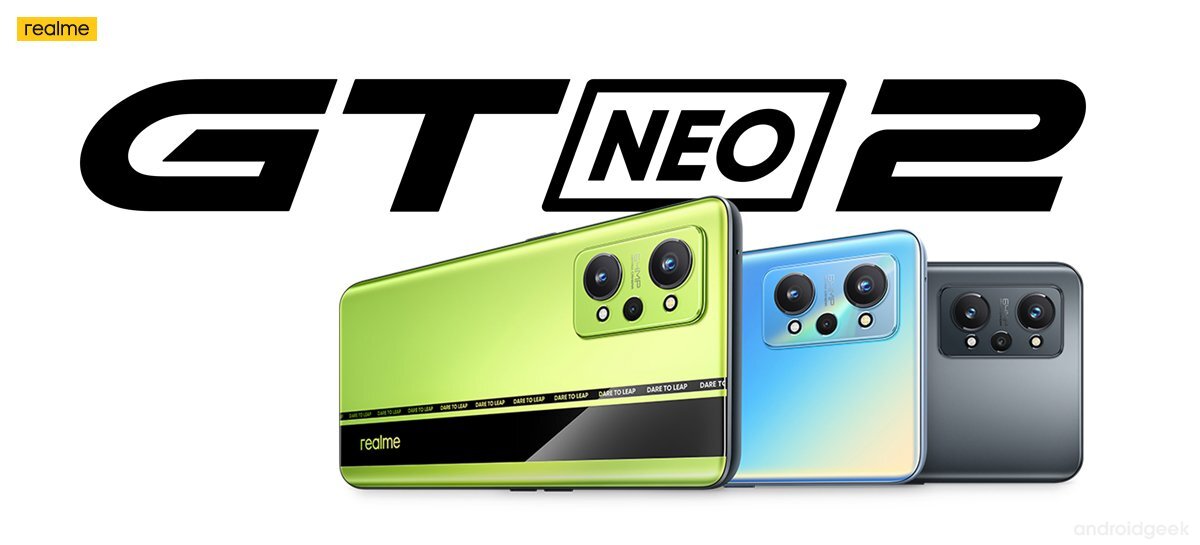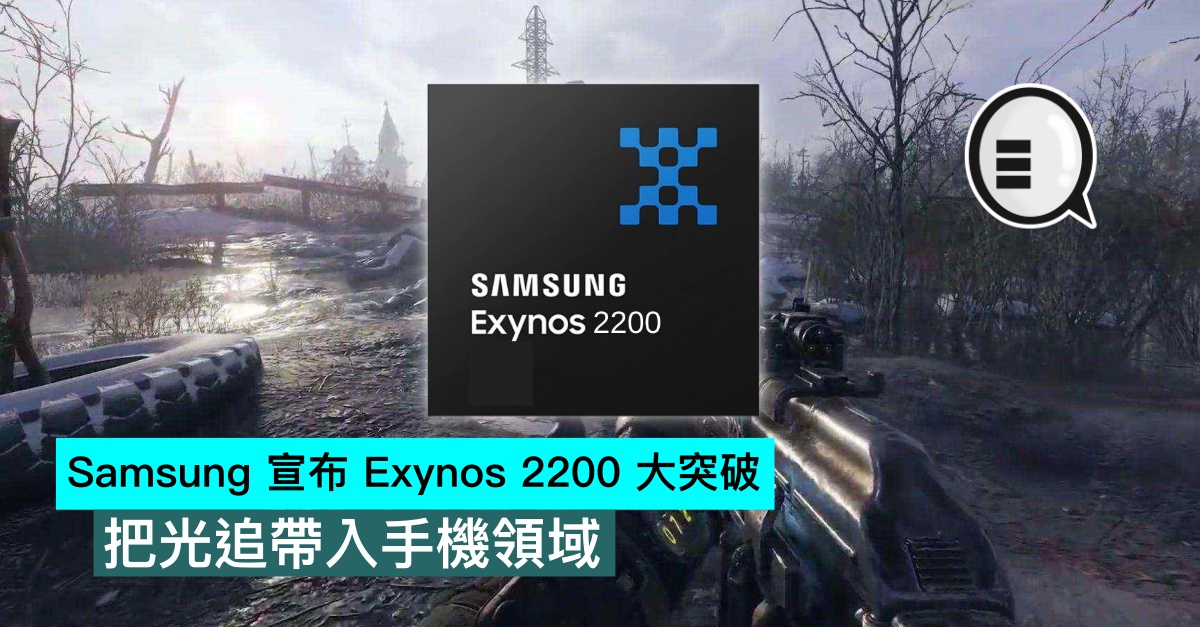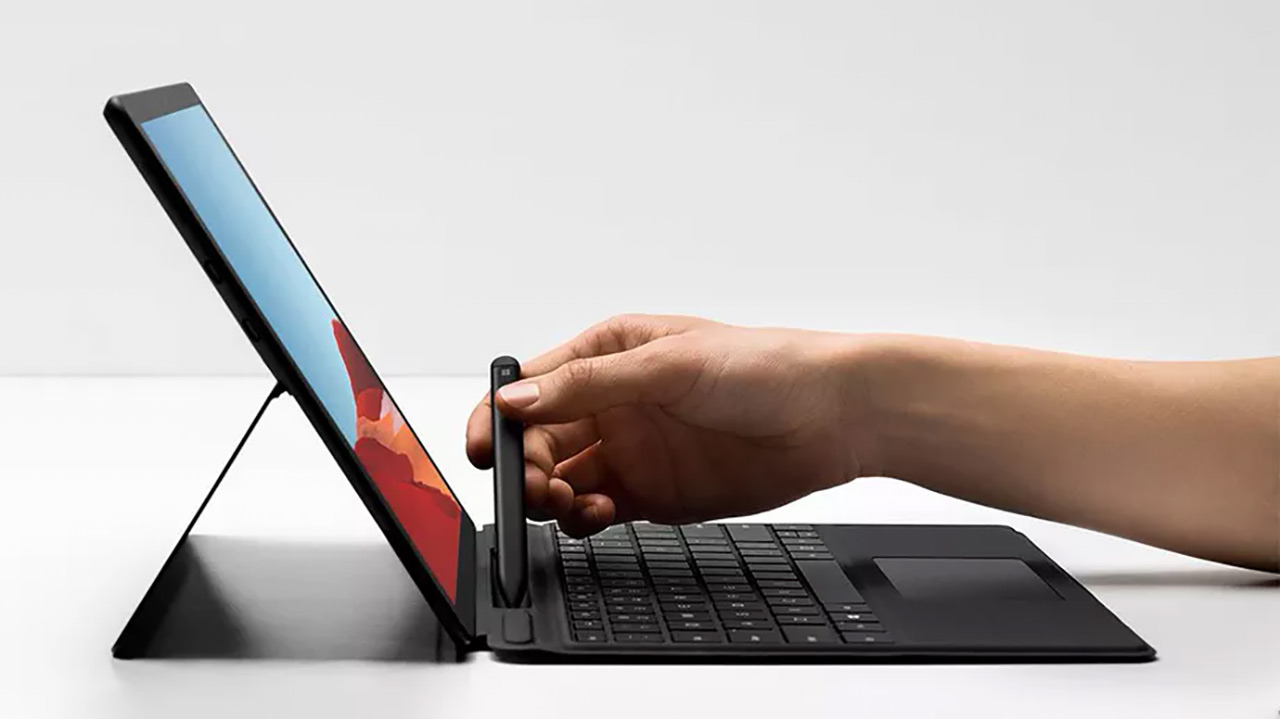As a cookieless world creeps closer and closer, more brands (and their media agencies) are focused on generating as much first-party data as they can — so long as it’s privacy-compliant. One tech company, FullThrottle Technologies, has quietly been selling a solution to agencies and publishers, who in turn are offering it to their clients, from autos to beverage marketers, and to the B2B world as well.
FullThrottle’s API product, called Audience Flume, has been in market for more than a year after five years of development, but is just being formally rolled out. The company is still awaiting a formal patent.
Our technology on their site essentially transforms a lot of that data dying on the vine with an opt-in into first party household data.
Amol Waishampayan, chief product officer, FullThrottle
As Amol Waishampayan, FullThrottle’s chief product officer explained, Audience Flume latches onto the browser cache of a client’s website to generate a household profile that enables them to create audiences and establish downstream processes on top of an open addressability framework. Waishampayan said the data feed can be used to generate privacy-compliant campaign tactics including targeting, measurement and attribution.
“As [cookie] deprecation happened, we just fell into it, to be exactly at this intersection of all these different changes that are happening in the marketplace,” he said. “Our technology on their site essentially transforms a lot of that data dying on the vine with an opt-in into first party household data. That’s where out patent fits in: We figured out a way to better recognize returning devices from a previous household and … how to collate all that into a privacy-compliant household address that is essentially hydrated with more metadata.”
Sam Nehme, senior partner and performance lead at GroupM’s Mediacom, has been using it for a major beverage client he declined to name (although his social profile shows him working with Coca-Cola), and he said he’s hoping the tech may get adopted on a wider GroupM basis given the success he’s seen.
“People will be driven to a site, but then they don’t really engage very much or don’t necessarily take a lot of actions — and they definitely don’t convert on site. So anything you can do to identify who they are, find out ways to get back in touch with them and just connect with them is important,” he said
Nehme added learnings for a beverage company can be applied from one drink brand to another, which brings efficiency to the offering as well. “How are we looking about looking at using this audience across other areas? Having control of that data just spans beyond that one initiative — and that’s where it gets pretty interesting. That’s where I’m like, ‘how much can we scale this?’” he said.
Anything you can do to identify who they are, find out ways to get back in touch with them and just connect with them is important.
Sam Nehme, senior partner and performance lead, Mediacom
By that logic, the same thinking applies to auto clients, which Katie Jackson-Richter, COO of Cuneo Advertising, deals with a lot. But it’s the ability to create deeper-diving audience insights at scale in a cost-efficient manner that’s the difference maker to her.
“A lot of very large organizations can build their own tech at scale. Bringing it to Main Street is the really powerful aspect about this tool,” said Jackson-Richter. “Being able to interpret that those audiences and be able to activate accordingly, you’re really able to fulfill that disruption of the shopping process … Here’s the thing about technology and getting access to these types of data points — it isn’t free. But it allows you to make more critical, good decisions. And at the end of the day, it pays for itself.”
Jackson-Richter and Nehme agreed they feel secure the solution is privacy-compliant and works off permission-based input from consumers. “There’s other similar tactics, but they’re not necessarily compliant with privacy standards in states across the country,” Jackson-Richter added. “You just have to be really careful with this type of powerful data that you’re using responsibly, and that you trust the partner that you’re using.”
Note: This article have been indexed to our site. We do not claim legitimacy, ownership or copyright of any of the content above. To see the article at original source Click Here













